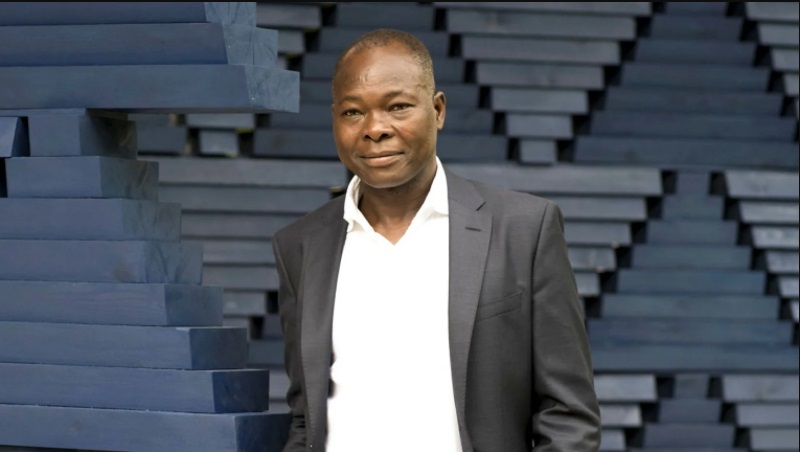
Architect, educator and social activist Francis kéré has been announced as the 2022 laureate of the Pritzker architecture prize 2022, the award often referred to as architecture’s highest honour. He was born in the small village of gando in Burkina Faso, kéré is the first black architect to win the coveted award.
Buy Prime Test Series for all Banking, SSC, Insurance & other exams
Established by the Hyatt Foundation in 1979, the Pritzker architecture prize is bestowed on architects whose built work demonstrates a combination of talent, vision, and commitment. in 2021, the award went to French architects Anne Lacaton and Jean-Philippe Vassal while in 2020 saw Shelley McNamara and Yvonne Farrell of Grafton architects were honoured.




 Which City of Czech Republic is Known as...
Which City of Czech Republic is Known as...
 Which is the Largest Railway Station of ...
Which is the Largest Railway Station of ...
 Government to Rename MGNREGA, Hikes Job ...
Government to Rename MGNREGA, Hikes Job ...







